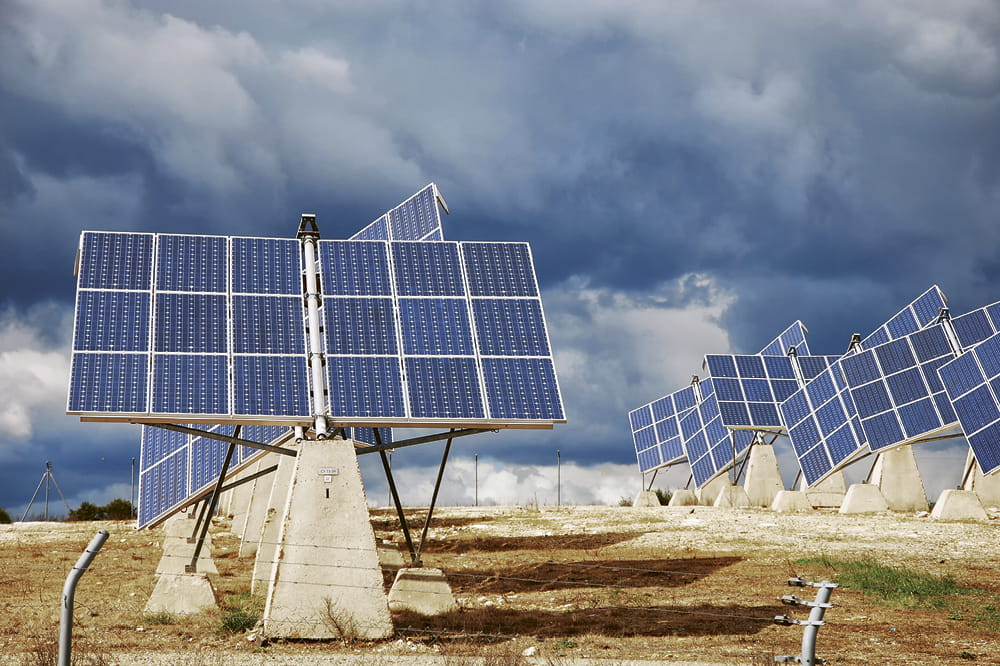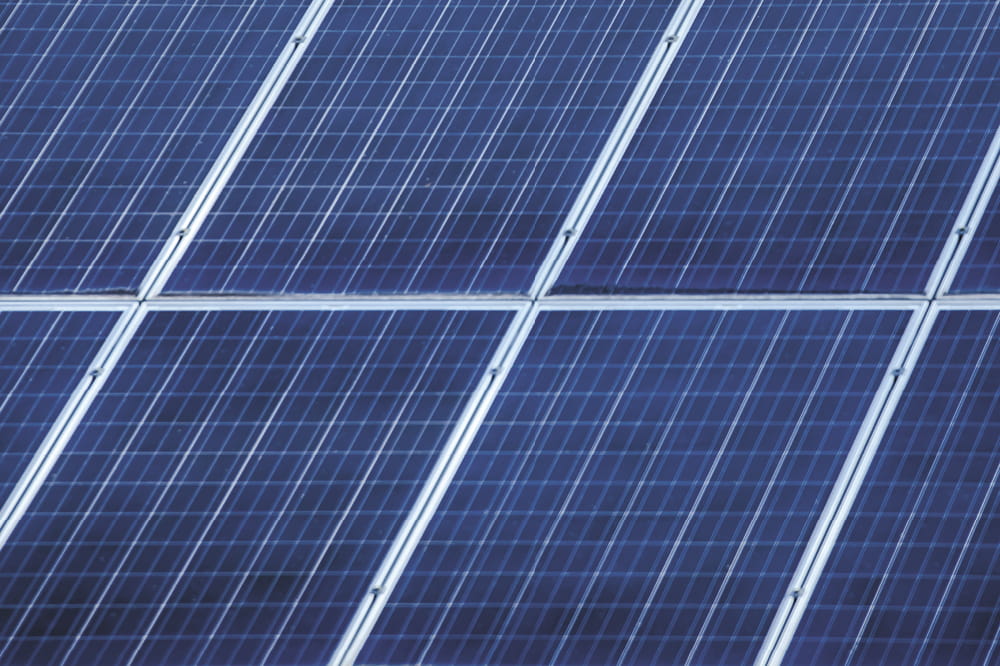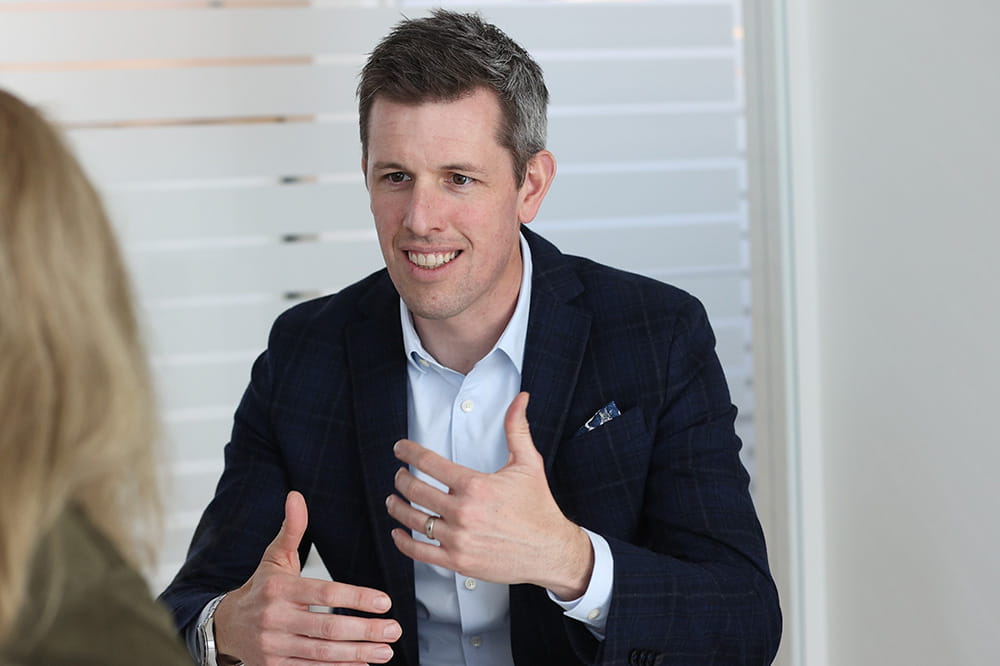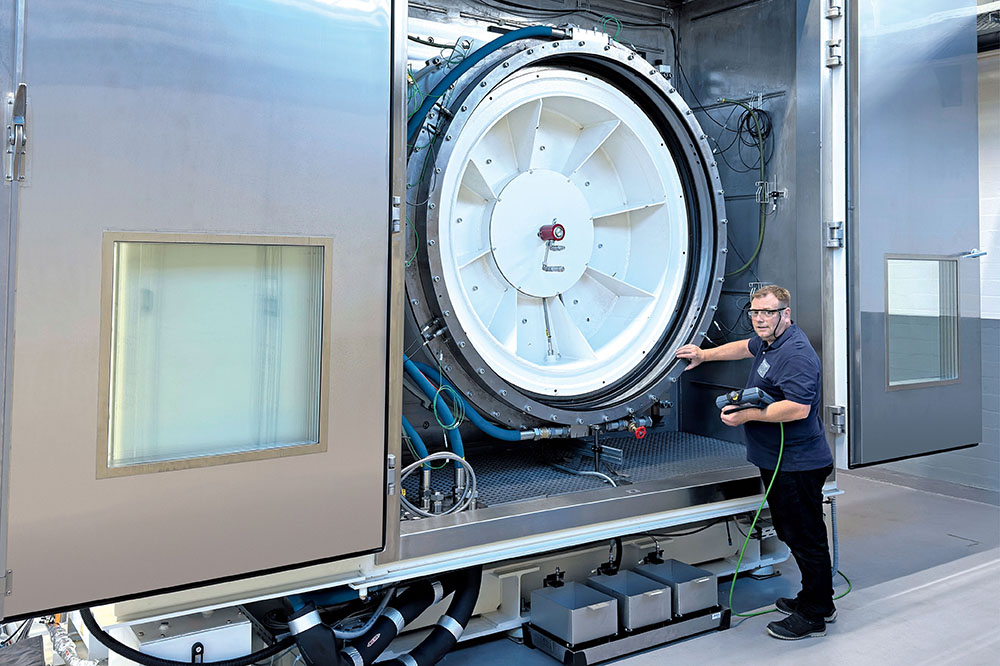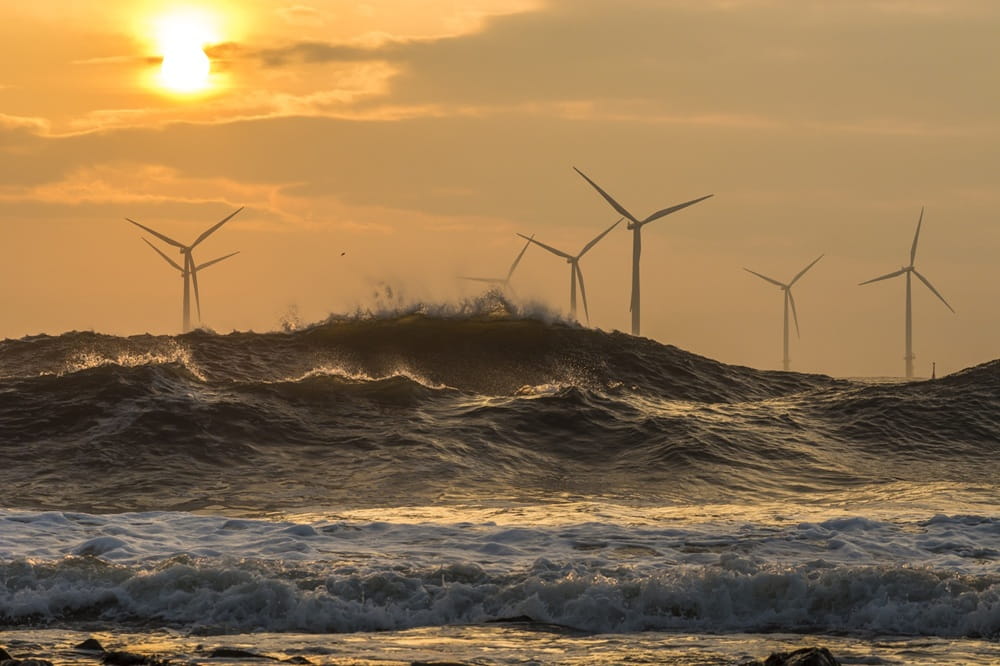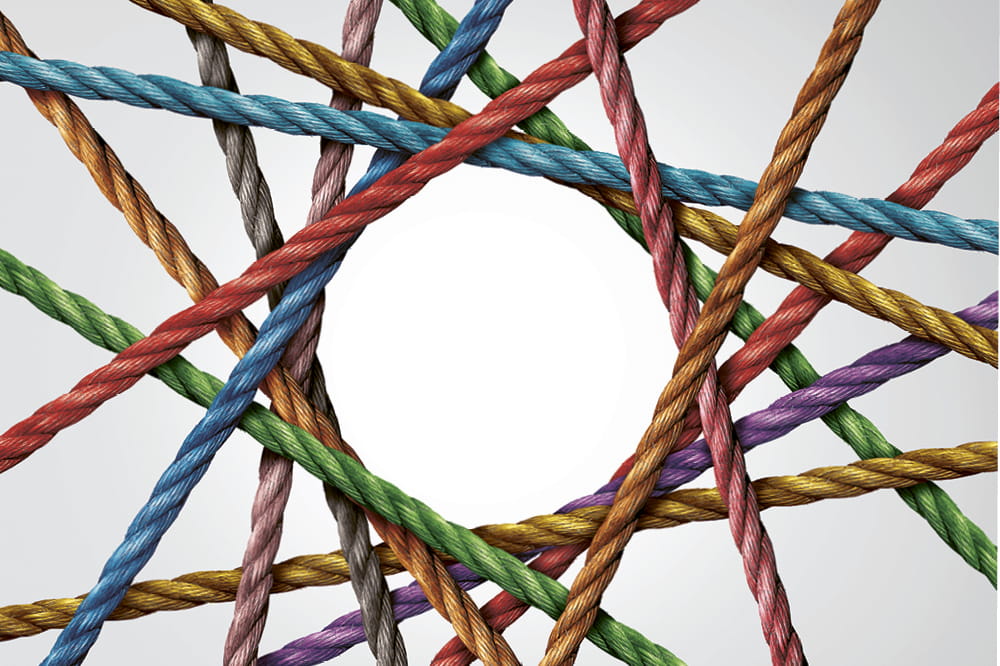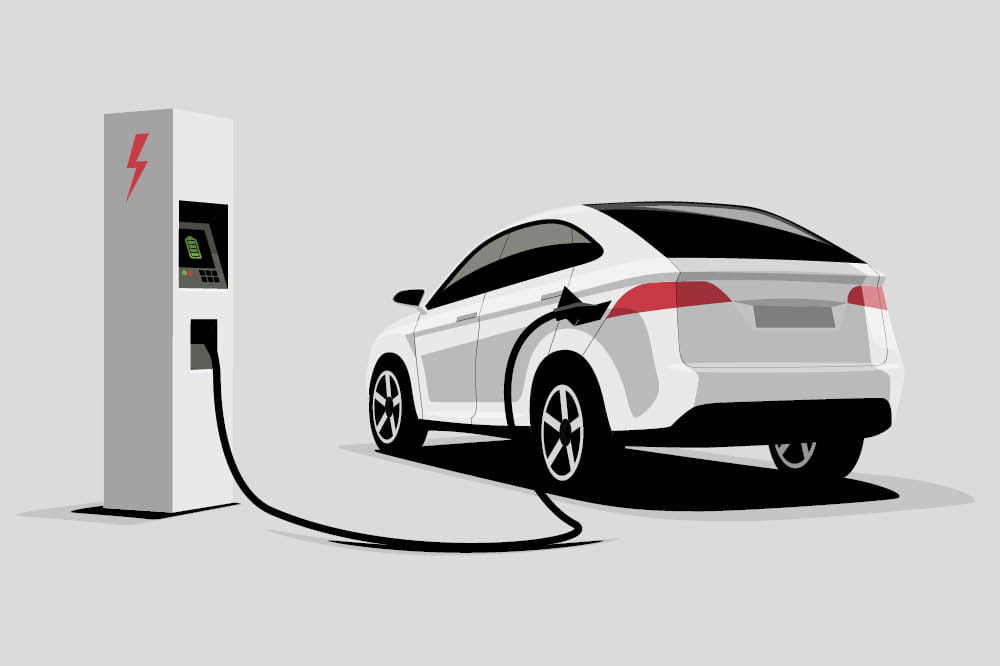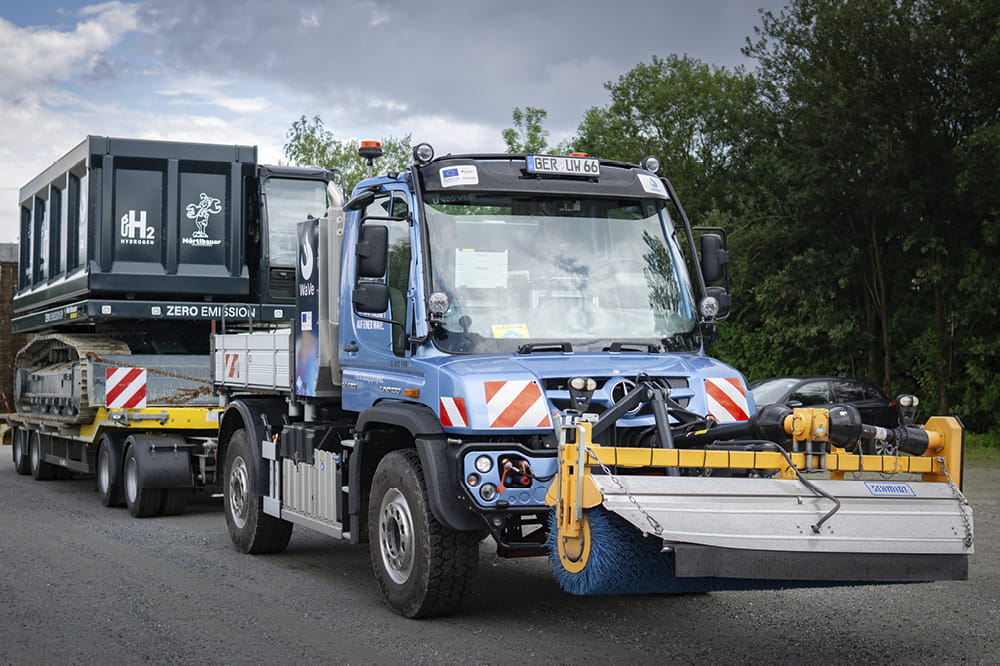Obtain news and background information about sealing technology, get in touch with innovative products – subscribe to the free e-mail newsletter.
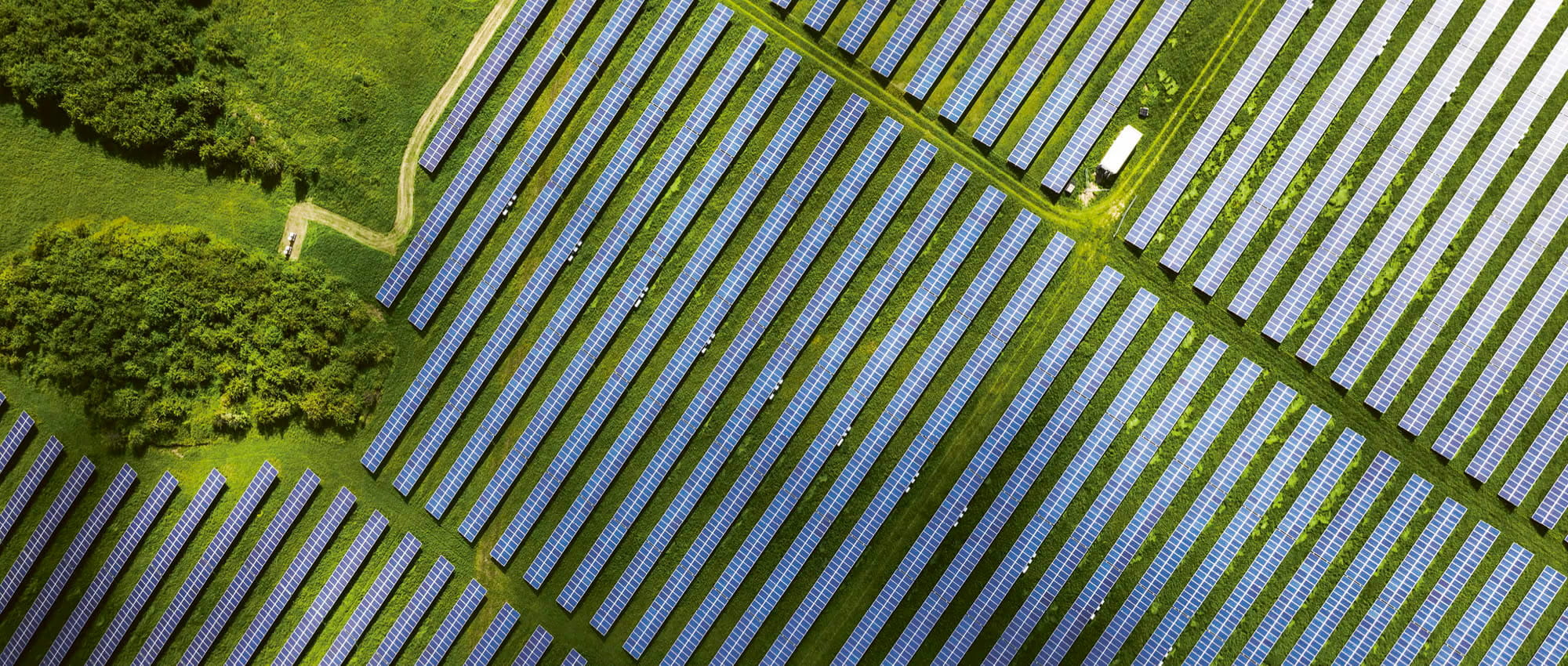
01.08.2023 | Story
No Solar Power Without Connector Seals
These sealing rings are small, even tiny. Yet they are indispensable for generating electricity. Here’s why every solar facility has them – and why producing energy in a desert is complicated.
Spring is here. The day is cloudy and cool with a slight wind. But when a gap in the clouds opens up and the sun comes out, it is suddenly warmer. The sun is a source of heat as well as light. Early on, these qualities encouraged people to use the sun’s energy to their advantage. The ancient Greeks designed their houses to maximize the heat from solar radiation.
Marcel Schreiner
Marcel Schreiner is Global Segment Director for the energy segment at Freudenberg Sealing Technologies. Schreiner and his team are responsible for sales activities in the energy technology area and support customers throughout the world. “Especially in the renewable energy field, these technologies are experiencing dynamic growth,” says Schreiner. “That’s why it is especially important to stay flexible and work closely with our customers.”
Using the sun as an energy source is one of the most important technologies available today to support the energy transition. Photovoltaic systems are flexible enough for use on virtually any open space. “The solar energy sector is growing at a fast pace,” explains Marcel Schreiner, Global Segment Director, Energy, at Freudenberg Sealing Technologies. Solar panels that transform sunlight into usable energy rely on many individual photovoltaic cells. They are generally made of semiconductors such as silicon. When sunlight hits the cells, the semiconductor absorbs light particles called photons, and the electrons within the material react. Some break free from their bonds and migrate into an electric circuit inside the solar panel, and electricity begins to flow.
Solar Connector Seals Ensure the Power Flow
A solar facility is composed of individual panels. Special connectors are needed to link them with one another. The plug connections have highly conductive contact points so the current can continue to flow even when there is a defect in the panel. “Otherwise, it would be like with those old Christmas tree lights,” Schreiner explains. “They were connected in a series, and when one little light failed, everything suddenly went dark.” The connector is sealed completely to protect this crucial connecting element within the system – often with a seal from Freudenberg Sealing Technologies.
“Above all, the seal must ensure that nothing from outside – especially water – penetrates into the connector,” Schreiner adds. Moisture in the connector can lead to the corrosion of the contacts. “At that point, if not even sooner, you lose power during the contact transfer.” The loss of power in a solar module reduces the efficiency of the system and produces heat. In the worst-case scenario, this can lead to a fire. “The seal is a security feature in both senses of the term: It safeguards the module’s electrical output and reduces the risk of fire,” says Schreiner.
The seal is a safety aspect in two senses: it ensures the module's power performance and reduces the risk of fire.
Small Seals for Safe Solar Power
The sealing rings are made of silicone and have a diameter of about 7 millimeters. “But they have what it takes,” Schreiner notes. The product is designed to seal the connector over its entire operating life. The exact lifespan depends on the external conditions at the solar facility’s location. “In Europe, the first panels on rooftops have now been in operation for about 20 years.” The seals are living up to these requirements without difficulty. Since solar facilities need connectors to function, the demand for them and their seals is especially high. “We are talking about the production of several hundred million seals per year,” he emphasizes. “There is no time for mistakes.” Freudenberg Sealing Technologies relies on automation and quality assurance in its manufacturing processes because its seals ultimately ensure the flow of electricity through the entire system. “We are not making any compromises on quality here,” he adds.
“It is certainly a very small product, but it is crucial for the production of solar energy,” Schreiner continues, noting that it makes no difference where the solar facility is constructed. “The seals in the connectors are the same whether the system is installed on a rooftop in northern Europe or in the Sahara.” The connectors, however, are exposed to more severe strains in deserts. Ultraviolet light, heat and aridity can increase the porosity of the connectors. But these factors have less impact on seals since they are usually located inside the components.
Deserts
If the modules work as well in a sweltering desert as on a residential roof, why not supply the entire world with green energy produced in deserts? The founding members of the Desertec project asked themselves that question back in 2004. Large facilities in the Sahara were supposed to be built to produce electricity for export to Europe. But the first large companies exited the project just five years after its founding. A dispute had emerged over how the green energy was to be transported to Europe.
Therein lies the still unsolved problem: Power cables would have to be laid beneath the Mediterranean to bring huge quantities of energy to Europe’s grids from their points of origin in the Sahara. Two were already in existence at the Straits of Gibraltar, transporting green energy from Morocco to Spain. To bring the planned quantities of electricity to Europe, it would have taken at least 500 cables of this kind. There is also the matter of energy losses during power transmission over long distances. At an early stage, engineers and investors were forced to admit that there were financial and physical limits to the transmission of electric power from deserts.
An Alternative: Green Hydrogen
But Desertec’s first efforts did not signal an end to plans for solar facilities in deserts. The project is now focused on supplying countries bordering the Sahara with green electricity. In the future, solar power is expected to be a source of green hydrogen, which can be exported to Europe and the rest of the world. Huge solar energy facilities are being planned for this purpose, with thousands of solar panels strung together, each linked by a small connector, protected by an even smaller seal.
More news on the subject Renewable Energies

Join Us!
Experience Freudenberg Sealing Technologies, its products and service offerings in text and videos, network with colleagues and stakeholders, and make valuable business contacts.
Connect on LinkedIn! open_in_new
